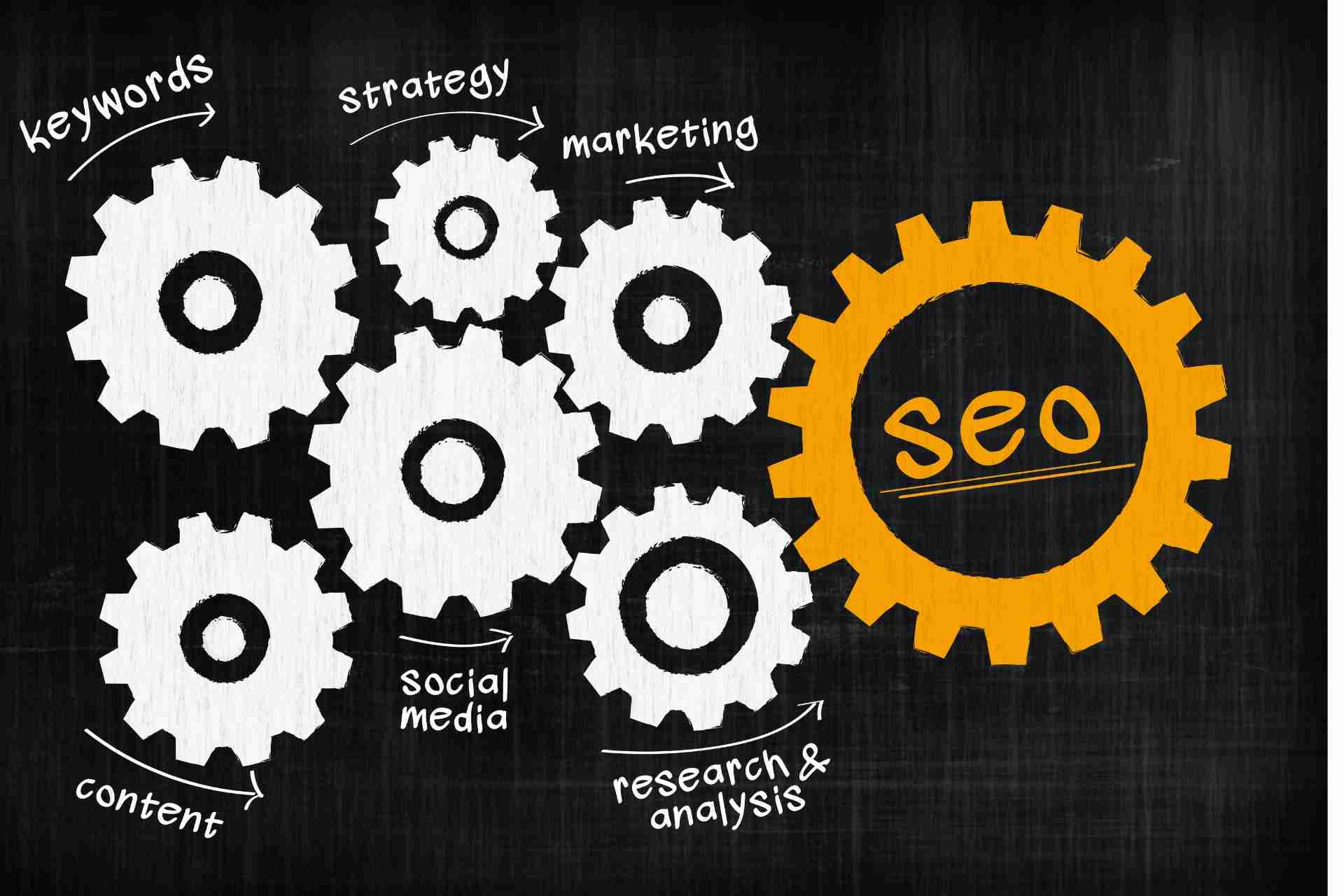How Long Does it Take to Design a Website?

Good website design is important because it can affect how visitors perceive a website, how easily they can navigate it, and ultimately, how successful the website is at achieving its goals.
Designing a website is a crucial step in creating a strong online presence for your business. It involves a process of planning, creativity, and technical precision to ensure that your website effectively communicates your brand and engages your target audience. But how long does it take to design a website? This blog post will explore the various factors that can impact the timeline of website design and provide insights into how you can streamline the process to achieve a successful website launch.
What is Website Design all about?
Website design is the process of creating a visually appealing and functional website for a business or individual. It involves planning, designing, and organizing the layout, content, and features of a website to best suit the needs and goals of the client. Website design incorporates elements such as color schemes, typography, imagery, navigation, user experience, and functionality to create an aesthetically pleasing and user-friendly website that effectively communicates the desired message or information to users.
Factors Affecting the Website Design Timeline
Scope of the project
The size and complexity of the website design project will have a significant impact on the timeline. A larger website with more features and pages will take longer to design than a simpler, smaller website.
Client responsiveness
The timeline of a website design project can be delayed if there is a lack of responsiveness from the client. Delays in providing feedback, content, or approvals can slow down the progress of the project.
Complexity of design requirements
If the website design requires complex features, functionality, or customizations, the timeline may be extended to allow for proper planning and development.
Availability of resources
The availability of resources, such as designers, developers, and project managers, can impact the timeline of a website design project. If key team members are not available or if there are resource constraints, the project timeline may be affected.
Changes during the design process
If there are changes requested by the client or if revisions are needed during the design process, this can impact the timeline of the project. Additional time may be required to incorporate changes and updates into the design.
Testing and revisions
Testing and revisions are an important part of the website design process. Allowing time for thorough testing and iterations to ensure the website meets the client's requirements and functions properly is essential but can also extend the timeline of the project.
External factors
External factors such as third-party integrations, technical issues, or unforeseen circumstances can impact the timeline of a website design project. It is important to anticipate potential challenges and plan accordingly to minimize delays.
How to Streamline Your Website Design Process
Define your project scope and goals
Before starting the design process, clearly outline what you want to achieve with your website. Identify the key objectives, target audience, and desired outcomes to keep your project on track.
Conduct thorough research
Research your target audience, competitors, industry trends, and best practices in website design. This will provide valuable insights and help you make informed decisions throughout the design process.
Create a sitemap and wireframes
Develop a sitemap to organize the structure of your website and plan the navigation flow. Wireframes can then be created to outline the layout of each page and establish the placement of key elements.
Choose a responsive design approach
Designing a responsive website ensures that your site will look great and function well on all devices, from desktops to smartphones. This will improve the user experience and help you reach a wider audience.
Use pre-made templates and design elements
Utilize pre-made templates, themes, and design elements to streamline the design process and save time. This can help you maintain consistency throughout your website and speed up the development process.
Optimize for performance
Improve your website's loading speed by optimizing images, reducing server requests, and implementing caching techniques. Performance optimization is essential for user experience and search engine rankings.
Test and iterate
Before launching your website, conduct thorough testing to ensure that all elements are functioning correctly and the design is rendering as intended. Gather feedback from users and stakeholders and make necessary adjustments to improve the overall user experience.
Incorporate feedback loops
Set up feedback loops with your team, clients, and target audience to gather insights on how your website design can be improved. Continuous feedback will help you refine your design process and deliver better results.
Collaborate with stakeholders
Work closely with stakeholders, such as clients, developers, and designers, to ensure the design process runs smoothly. Collaboration will help align everyone's expectations and keep the project on track.
Use a content management system (CMS)
Implement a CMS, such as WordPress or Drupal, to easily manage and update website content. A CMS can streamline the design process by allowing for quick content changes and updates.
Optimize for mobile
Ensure the website design is responsive and optimized for mobile devices. This will improve the user experience for visitors accessing the site on smartphones and tablets.
Quality assurance
Before launching the website, perform thorough quality assurance testing to catch any bugs or issues. Addressing any issues before the site goes live will help ensure a smooth launch and a positive user experience.
Let Bolder SEO Work on your Website Design
When you choose Bolder SEO to work on your website design, you can rest assured that you are in good hands. We have the skills, knowledge, and expertise to create a website that not only looks great, but also helps drive traffic and generate leads for your business. With our custom website design services, you can have a professional and effective online presence that sets you apart from the competition.
Contact us today to learn more about how Bolder SEO can help with your website design needs.






